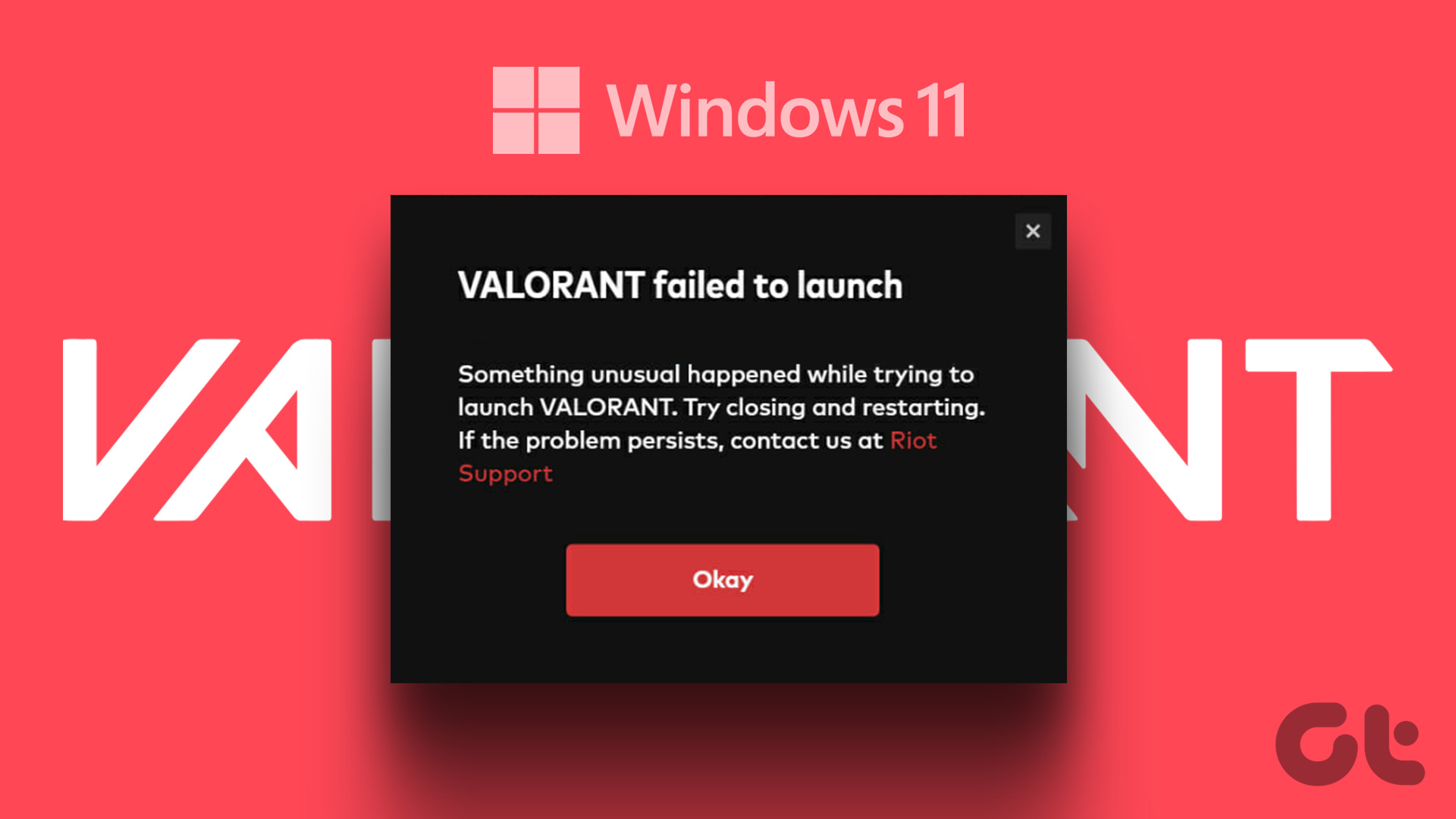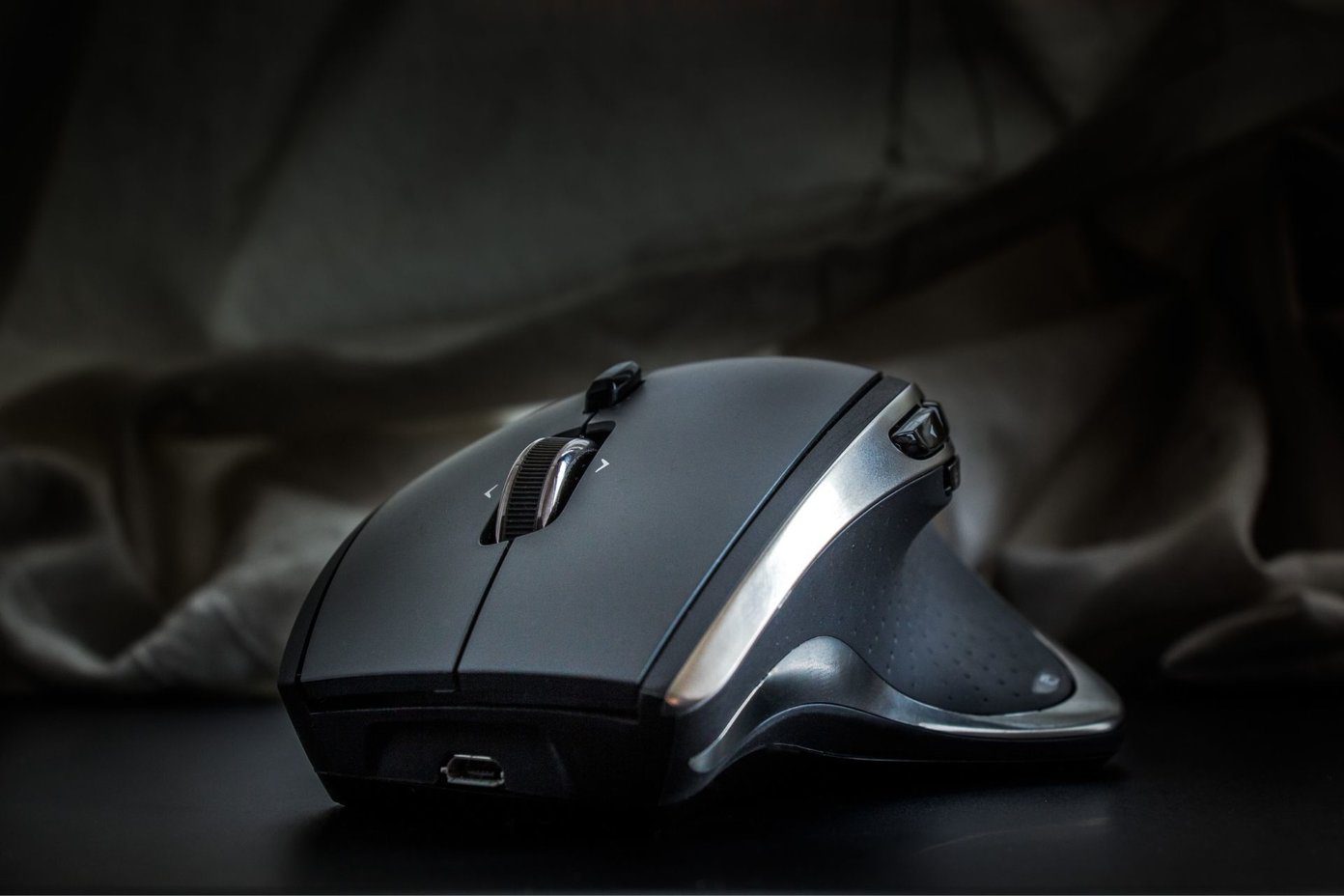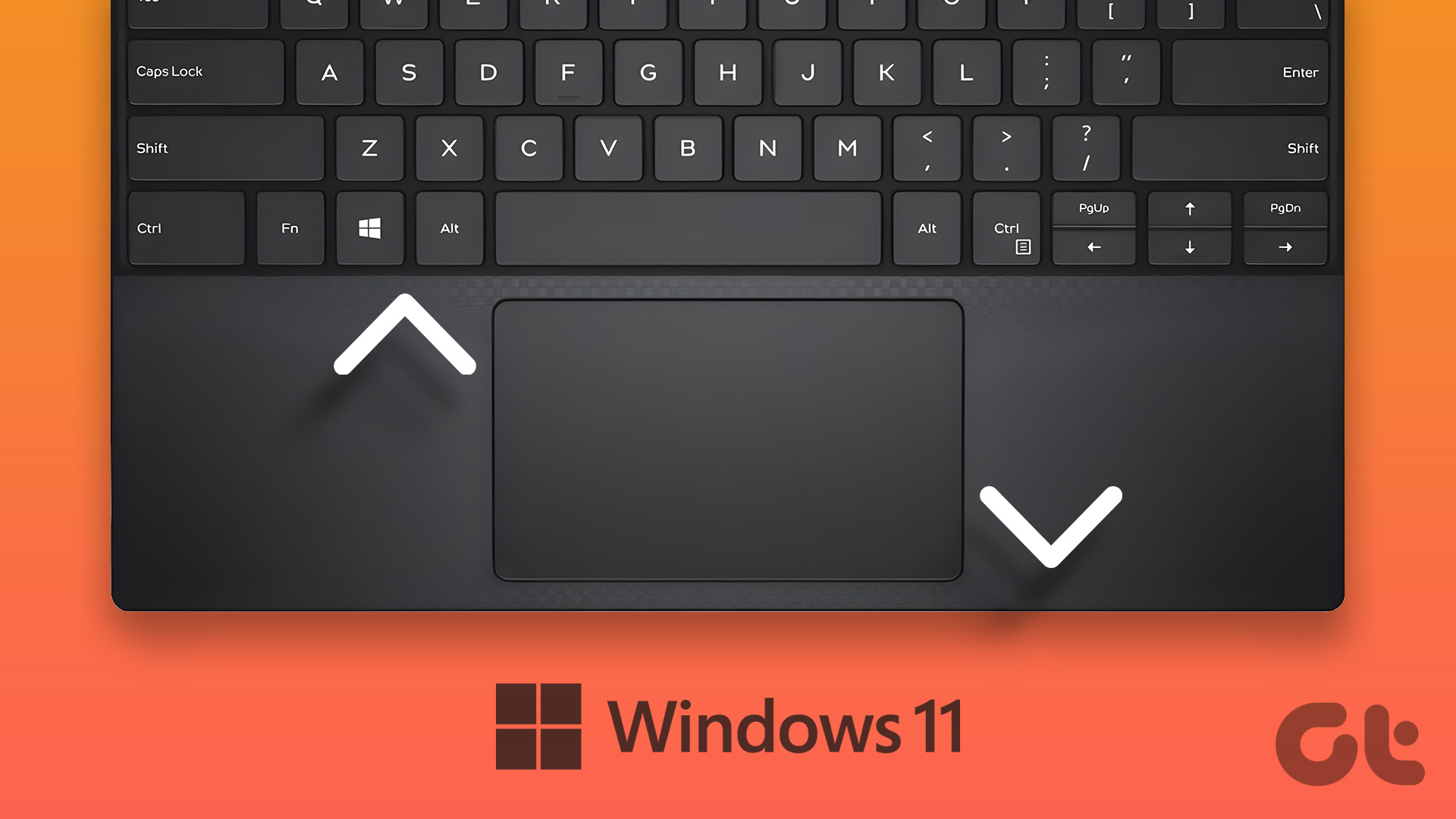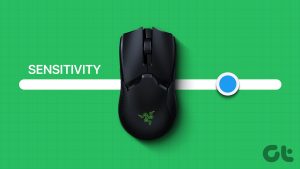In the world of competitive gaming, finding the perfect sensitivity for your mouse can be the difference between victory and defeat. This is especially true in Valorant, where precise aiming is crucial for success. Whether you’re a seasoned gamer or diving into the tactical realm of Valorant, understanding and finding the best sensitivity is the key to unlocking your full potential on the battlefield.

In this guide, we’ll delve into the intricacies of sensitivity settings, exploring why it matters. We’ll also help you find the settings that perfectly align with your playstyle and preferences. By the end, you’ll not only know how to find your ideal sensitivity but also gain insights into the techniques used by the pros to dominate in Valorant. So, let’s get to it.
Why Sensitivity Matters
Before we embark on the quest for the perfect sensitivity, let’s grasp why it holds such significance in Valorant. Sensitivity is your virtual sensitivity or DPI (Dots Per Inch) setting, influencing how quickly your in-game crosshair moves in response to your physical mouse movement.

A higher sensitivity allows quicker movements, making it harder to control your aim precisely. Conversely, a lower sensitivity offers more control over your aim, but it may not be conducive to fast-paced situations. Finding the right balance ensures smooth control and precise aiming can be a game-changer, especially for competitive titles like Valorant.
What Is eDPI
First up, you want to adjust your mouse DPI to a good one. While there are plenty of great gaming mice for Valorant offering high values of DPI, it’s worth noting that you don’t need that high of a DPI. A higher DPI is needed for better movements, but since Valorant is a title that rewards positioning over movement, you are better off keeping your mouse’s DPI under 800.
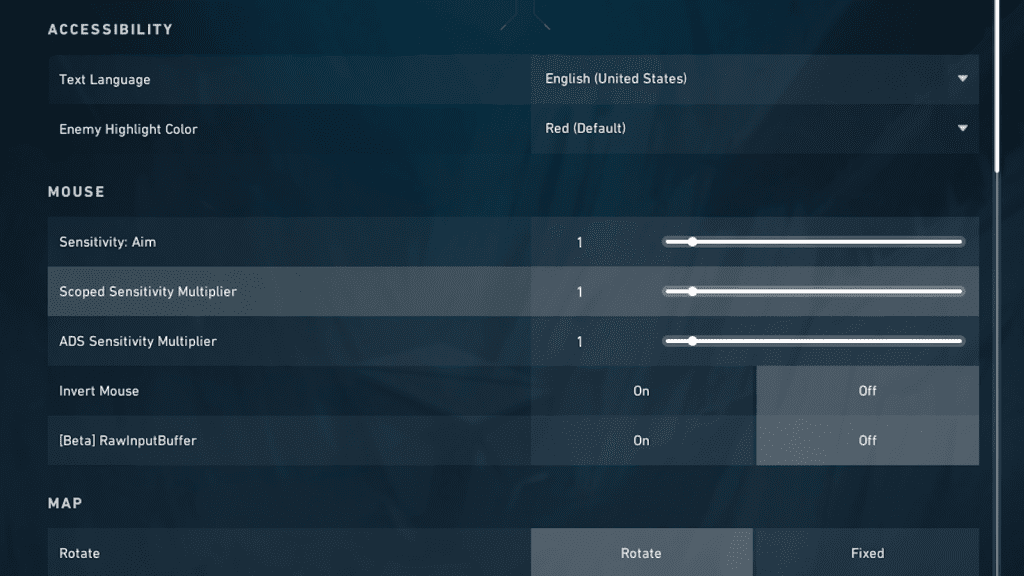
Now, when it comes to mouse sensitivity, it’s a combination of DPI with your in-game sensitivity. That’s where eDPI comes in. eDPI, or effective DPI, is a crucial metric in determining the overall sensitivity of your mouse in gaming, including Valorant. It’s calculated by multiplying your mouse DPI (Dots Per Inch) by your in-game sensitivity. In mathematical terms, eDPI = Mouse DPI × in-game Sensitivity.
What Pros Use
One of the most commonly asked questions around sensitivity is what the pros use. Professional Valorant players typically use a sensitivity range between 200 and 400 eDPI. This range provides a balance between precision and responsiveness, catering to the diverse scenarios encountered in competitive play. For most users, this is the best starting point when trying out Valorant.

That said, just because a professional player uses a specific value doesn’t mean it will suit you, too. Professional players have unique physical attributes, mouse grip styles, and playstyles shaping their ideal sensitivity settings. Additionally, sensitivity is a subjective matter. What feels comfortable and controllable for one person may not be suitable for another.

What’s more? Your sensitivity should complement your preferred playstyle and weapon choices. If you favor aggressive close-quarters combat, a higher sensitivity may be more suitable. Conversely, if you prefer long-range engagements, a lower sensitivity may provide better precision.
If you still wish to see what the Pros use, here’s a table of some of the best Valorant players and what eDPI settings they use:
| Player | DPI | Valorant Sensitivity | eDPI |
| Hiko | 1600 | 0.36 | 576 |
| TenZ | 1600 | 0.201 | 321.6 |
| Shroud | 400 | 0.8 | 320 |
| ScreaM | 400 | 0.965 | 386 |
| ShahZaM | 400 | 0.53 | 212 |
| G2 Mixwell | 400 | 0.69 | 276 |
| C9 Vanity | 800 | 0.283 | 226.4 |
| Yay | 800 | 0.27 | 216 |
| MaKo | 400 | 0.45 | 180 |
With that being said, we’d recommend going for 400 DPI mouse sensitivity coupled with a 0.8 factor of in-game sensitivity. That gives you an eDPI of 320, which should be a great starting point for most gamers. If you need some confidence, know that this is the same value Shroud uses. Use these settings, and head over to the Practice area to give them a spin.
Convert Other Games’ Sensitivity to Valorant
If Valorant isn’t your first FPS shooter, and you’re transitioning from a different title to Valorant, there’s an easy method for you. You can use online converters to approximate your Valorant sensitivity based on your settings. While there are multiple tools online for this, our recommendation is ‘Aiming.Pro’. Here’s how to use it to convert other games’ sensitivity to Valorant.
Step 1: Open Aiming.Pro in the web browser of your choice.
Step 2: Select the game you have a comfortable sensitivity for under the ‘Convert from’ option. Input your preferred sensitivity below it.
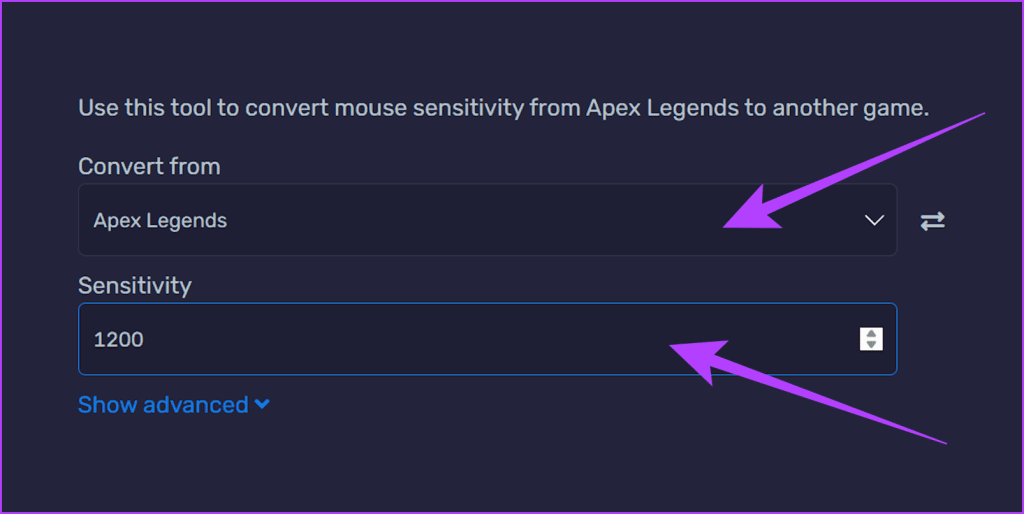
Step 3: Now, under the ‘Convert to’ option, select ‘Valorant’.

The tool will now automatically generate the converted sensitivity for you in Valorant. You can then head to Mouse Settings inside Valorant to change the settings. Once you’ve applied the settings, go to the Shooting Range to try the new ones.
Changing the Resolution and Graphics Settings
Your monitor’s resolution can also affect your sensitivity. Higher resolutions require more mouse movement to cover the same screen area, effectively lowering your sensitivity. For instance, a 400 DPI on a 4K display won’t cover as much area as on a 1080p display. As such, it’s essential to consider your monitor’s resolution when determining your ideal eDPI.
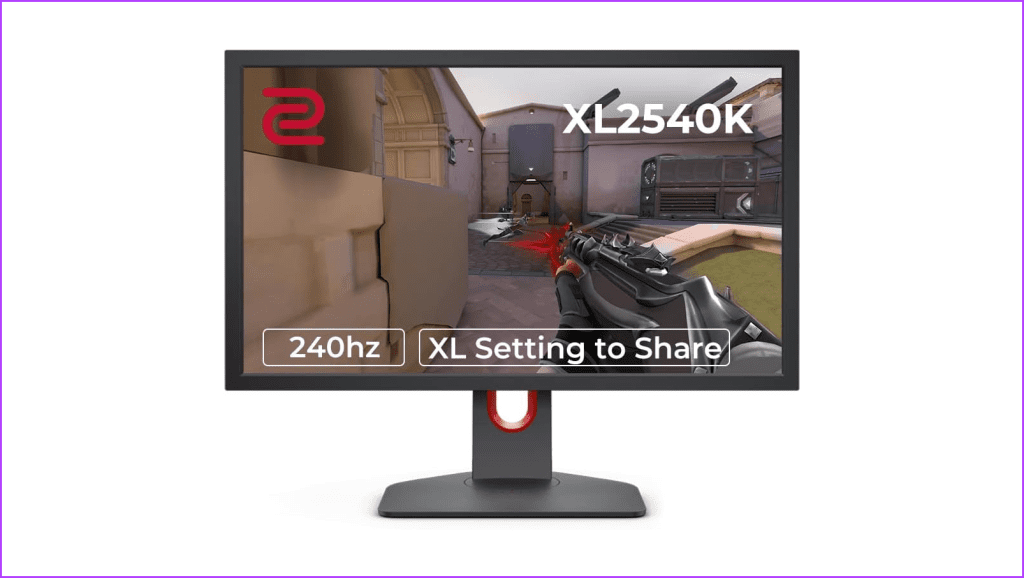
While we are on this topic, it’s worth highlighting that for gaming, ideally, you want to stay at 1080p. Instead of leaning for a higher resolution, your focus should be more on the refresh rate. For a competitive title like Valorant, you should opt for a high refresh rate gaming monitor, preferably over 120Hz. This will allow you to not only see your opponent better but also react better, thus improving your aim significantly.
Of course, opting for a smooth monitor is only one part. You must also ensure that your system outputs frames at a corresponding rate. To do that, ensure that all values pertaining to FPS Limit are set to Off. Also, if you’re using an Nvidia GPU, ensure to set the ‘Nvidia Reflex Low Latency’ to ‘On + Boost’.
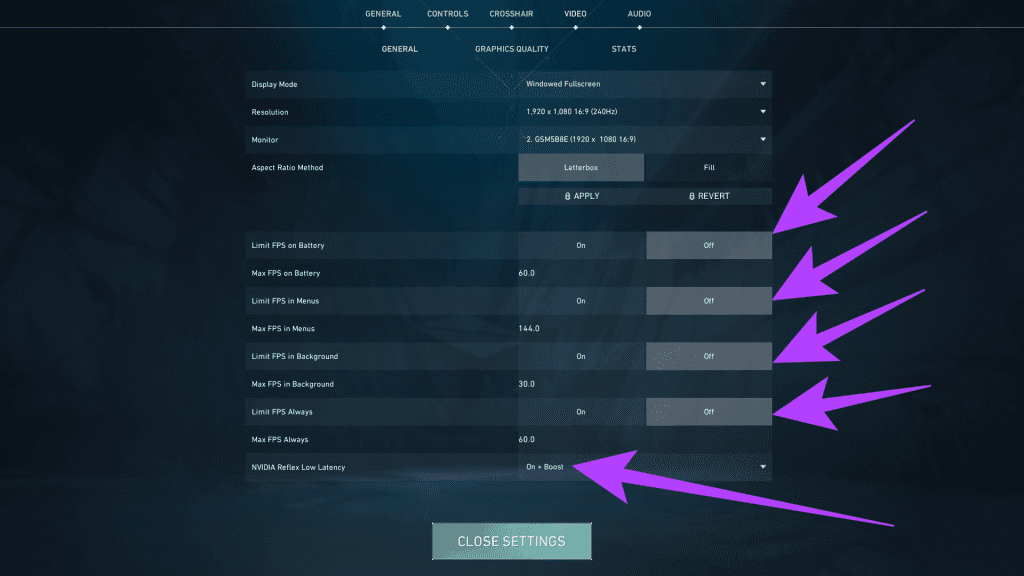
Additionally, in the Graphics settings, enable the ‘Multithreaded Rendering’. However, enable this only if you have a powerful processor.
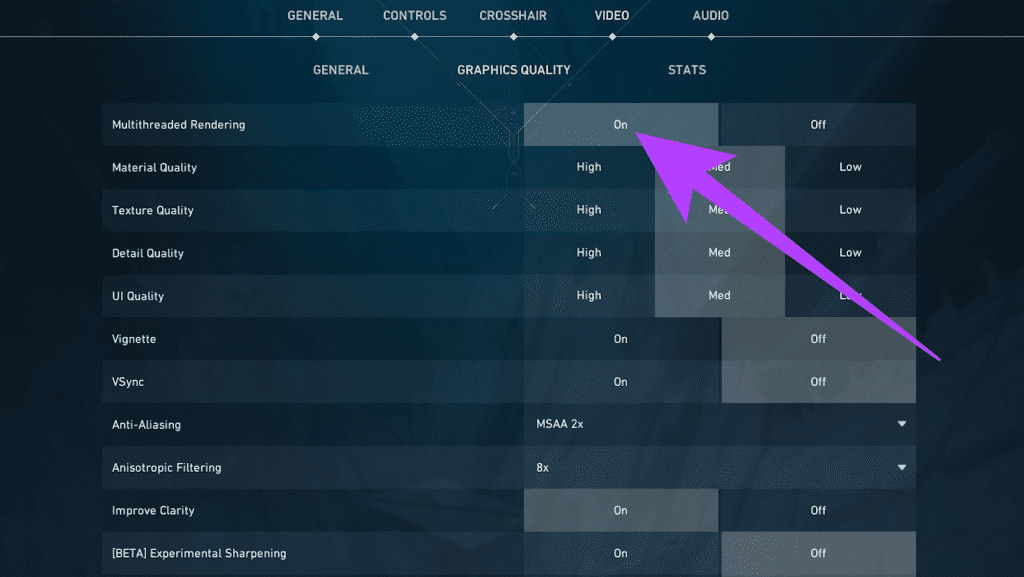
Fine-tuning the Sensitivity
Once you’ve established a baseline sensitivity using the guidelines provided earlier, it’s time to embark on the process of fine-tuning. This involves subtle adjustments to your sensitivity based on your in-game performance and personal preferences.
The best way to do that is to head over to the Shooting Range or play a few Deathmatch games and pay close attention to your aiming behavior. Observe your aim consistency, particularly when tracking targets and making flick shots. Based on your observations, gradually adjust your sensitivity in increments of 5-10 eDPI.
If your aim feels too erratic or uncontrolled, reduce your sensitivity slightly. Conversely, if you find yourself consistently overshooting or undershooting targets, increase your sensitivity slightly.
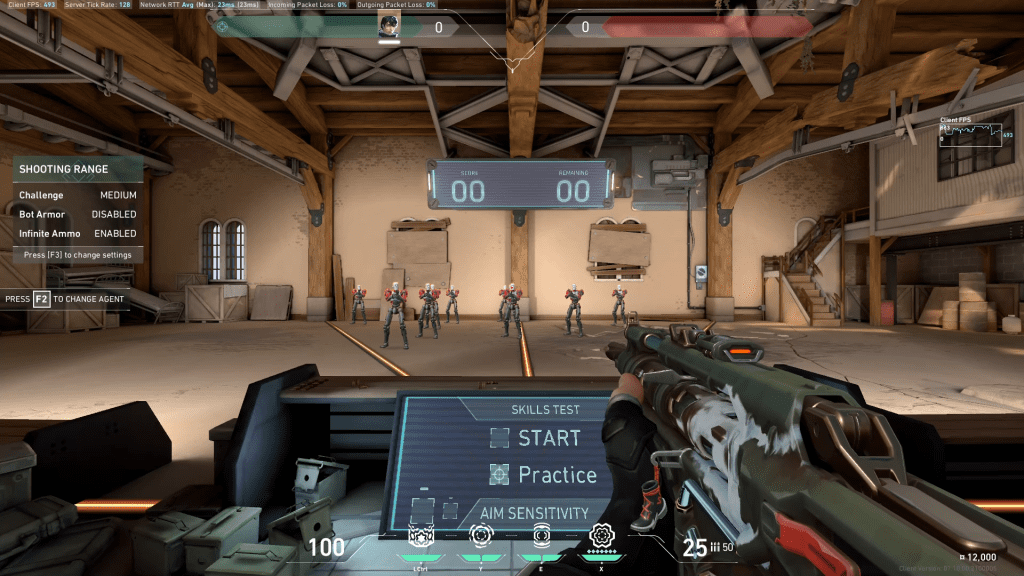
Also, remember that there’s no one single perfect sensitivity. Valorant has various roles, each requiring a slightly different approach. Experiment with varying settings of sensitivity based on whether you play a duelist, sentinel, initiator, or controller. You will also need to try out different sensitivities for each gun. For instance, while a higher eDPI might work well with Vandal, you’d need to switch to a lower eDPI while using Operator.
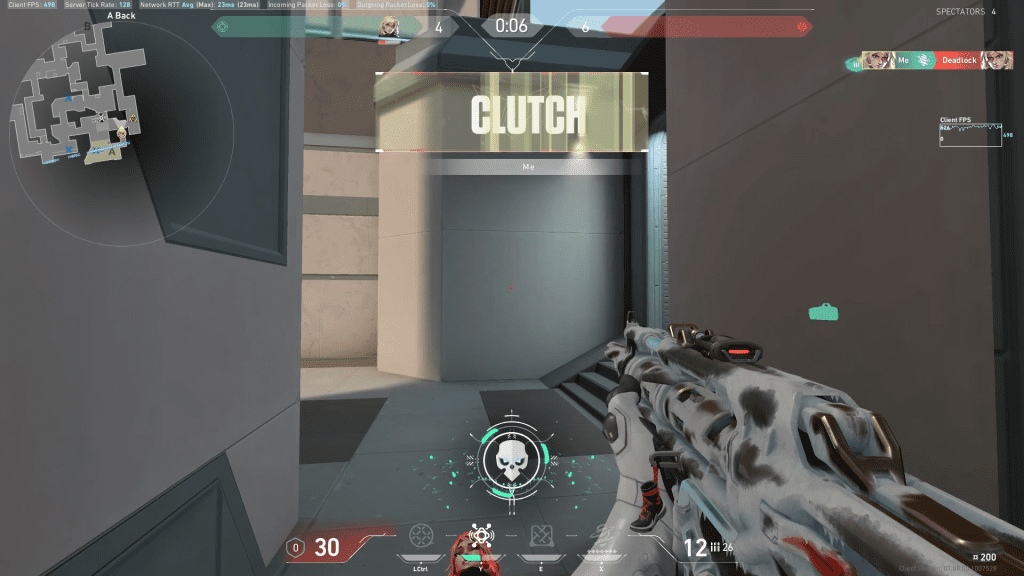
However, once you find a sensitivity setting that clicks, stick with it. Consistency in your sensitivity allows muscle memory to develop, improving your overall gameplay.
Bonus: Adjusting the Crosshair
Finding the right sensitivity in Valorant is only one part of the puzzle. To be able to land all those headshots and rank high in the leaderboard, you need to fine-tune your crosshair, too. Your crosshair is the visual representation of your aim, and its size, style, and color can significantly impact your aiming performance and perception. While sensitivity plays a crucial role in mouse movement, the crosshair serves as a visual guide that helps you align your shots and track targets effectively.

The good part about Valorant is that it allows all sorts of adjustments to your Crosshairs. While most Pro players prefer a single dot, you can try different crosshairs as you like. Similar to sensitivity, your crosshair is an extension of your aiming style, and it should work in harmony with your sensitivity settings. The ideal crosshair should feel comfortable, effective, and complement your overall aiming approach.
Aim Better With the Best Sensitivity
In Valorant’s competitive scene, where hitting your shots is key, discovering the ideal sensitivity is crucial for success. This guide gives you tips and steps to kickstart your journey in customizing settings that match how you play and what you like.
Remember that finding the perfect sensitivity isn’t a one-time thing but an ongoing tweak-and-test adventure. Enjoy the ride, go with your gut, and let your aiming skills stand out!
Was this helpful?
Last updated on 01 December, 2023
The article above may contain affiliate links which help support Guiding Tech. The content remains unbiased and authentic and will never affect our editorial integrity.

